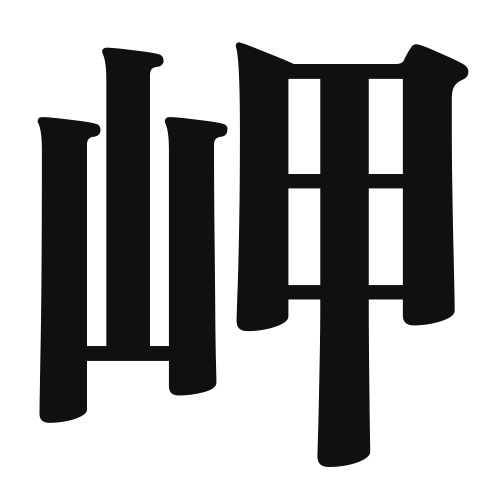1. Overview of Meaning
The kanji “岬” (misaki) means “cape” or “promontory,” referring to a headland of land that juts out into a body of water. It is often used to describe geographical features along coastlines.
2. Formation and Radicals
Formation of the Kanji: The kanji “岬” is a compound character that combines elements representing “mountain” and “place.” It visually suggests a landform that rises above the surrounding area.
Radical: The radical for “岬” is “山” (yama), which means “mountain.” This radical indicates the character’s connection to elevated landforms.
3. Examples of Usage
Common Words and Phrases:
- 岬 (misaki) – cape
- 岬灯台 (misaki tōdai) – lighthouse at a cape
Example Sentences in Daily Conversation:
- 「あの岬はとても美しいです。」(Ano misaki wa totemo utsukushii desu.) – “That cape is very beautiful.”
- 「岬に行って、夕日を見ましょう。」(Misaki ni itte, yūhi o mimashou.) – “Let’s go to the cape and watch the sunset.”
4. Synonyms and Antonyms
Similar Kanji:
- 「丘」(oka) – hill; while both refer to elevated land, a hill is generally smaller and less prominent than a cape.
Antonyms:
- 「谷」(tani) – valley; this term refers to a low area between hills or mountains, contrasting with the elevated nature of a cape.
5. Cultural and Historical Background
Connection to Japanese Culture: The concept of “岬” is significant in Japanese culture, as many coastal regions feature beautiful capes that are popular for tourism and scenic views.
Proverbs and Idioms: One common saying is “岬の灯台” (misaki no tōdai), which symbolizes guidance and safety, much like a lighthouse guiding ships away from danger.
